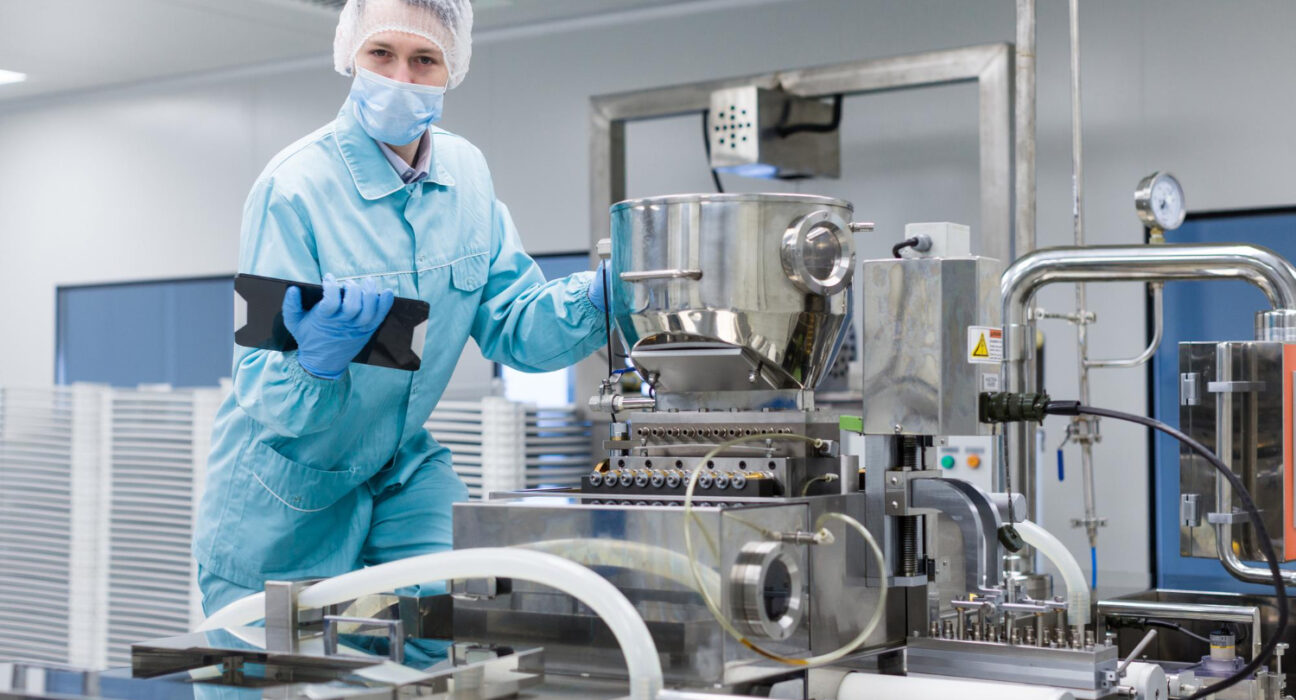Investing in a production line is a major decision that requires careful planning and consideration. With the right strategy and foresight, manufacturers can maximize their return on investment and gain a real competitive advantage. This post will help you gain clarity by proffering seven considerations you must mull over in order to make your new production line successful and maximize profits.
Consider DFM Principles
When designing a new line, adhering to specific DFM principles (design for manufacturability) can optimize a number of things, including efficiency, quality, and cost-effectiveness. But what about that latter point regarding reducing product cost with DFM principles? The great thing about DFM is that it encourages simple assembly sequences with the fewest steps possible. The overall goal is to get tube right tools for the job and lower costs in the process.
Analyze Your Production Needs And Goals
Taking the time upfront to thoroughly analyze your needs and goal is vital. It ensures the line aligns with your overall manufacturing strategy and business objectives. Whether the goals are to reduce costs, increase throughput, accommodate new product varieties, or enable expansion into new markets, you must check how a new line can help you accomplish the aims. Moreover, analyzing needs and goals allows for proper sizing of the production line and its various components. Right-sizing is critical for operational efficiency and quality. Overly complex or oversized lines increase costs and changeover times.
Assess Your Available Budget And Resources
Unfortunately, the issue of your budget will always rear its head when making decisions of this nature. Your budget must account for both fixed and variable costs over time. This includes not just upfront CapEx but ongoing operating expenses for maintenance, consumables, energy, workforce, and more. A total cost of ownership view prevents surprise shortfalls later on.
Consider Equipment Maintenance Costs
Maintenance is typically overlooked when newer organizations budget for new gear, but as you read in the previous section, it’s a vital part of your decision. You will need to factor in the cost of keeping the machines running efficiently (spare parts, consumables, etc.) and the cost of hiring and training technicians to keep everything running smoothly.
Plan For Future Expansion Needs
No business wants to remain static, and failing to prepare for your inevitable expansion will hamstring you when the time comes to scale up. A line sized only for today’s volumes may soon become a bottleneck that hampers growth. Designing infrastructure, equipment modules, and floor space for expansion now avoids a significant overhaul down the road.
Consider Employee Training Requirements
Your staff are the ones on the sharp end and will ultimately be the difference between an efficient line and one that is unable to cope with demand or complexity. Investing in a quality training regime will enable them to act independently and ensure they understand how to keep the machinery in good working order.
Ensure Compatibility With Existing Systems
When talking about compatibility, we are not only referring to the technical aspect, that is, how the hardware and software of the new production line can be integrated with existing elements. Equally important is the compatibility with existing management systems. If you have a standardized management system like the well established ISO 9001 quality management system, compatibility issues will be much easier to solve. For any production line, it’s all about keeping things flowing and perfectly in sync. No matter how old or high-tech the current systems are, they’ve got a track record of handling these processes as you want them to. You must ensure that any new equipment you invest in can slot in correctly to ensure compatibility, thus reducing the need to change everything.
Investing in a new production line is a monumental task, but you can succeed if everything is in order. As long as you budget responsibly, adhere to certain industry principles, and implement correct training procedures, everything will work out well.


Leave feedback about this